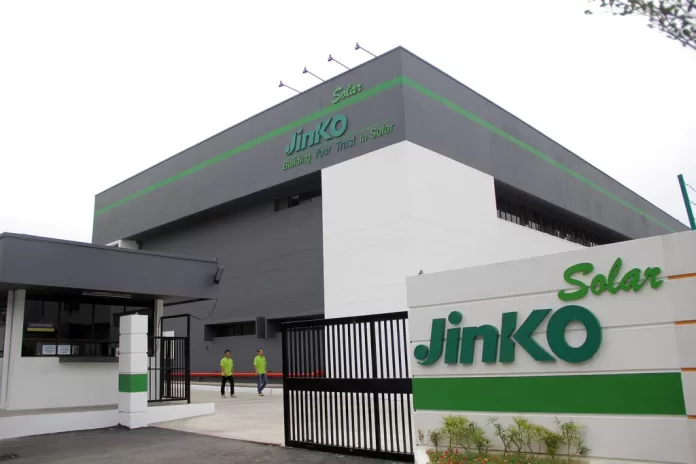The company said that the rate of return for TOPCon is now the same as for PERC.
While other companies are having trouble making modules that aren’t as comfortable to use as they get bigger, JinkoSolar is very good at making the most advanced N-type TOPCon methods before anyone else. It’s possible that the company’s production prices for the TOPCon process will be lower than those of its competitors, which helps explain the high yield rate and capacity utilisation rate. It is said that all of TOPCon’s goods are at full capability. So, when asked if the company would try to lower the price of Tiger Neo to get more project owners interested, Dany Qian, VP of JinkoSolar, said, “At least not necessarily now, since the demand for Tiger Neo is getting stronger and the field-proven yield gain of early adopters justifies the price premium over PERC. Our current priority is to ramp up capacity as quickly as we can, rather than lower the price to get more customers.” Improvements in speed and performance are on the table, and buyers know what TOPCon can do for them and want it to happen sooner.
Compared to PERC, N-type TOPCon is a more complicated process that needs to be carefully managed. The process can be done the same way over and over, and high-quality tools are all the same. Even a small difference between these tools will cause big problems and errors. “The challenge of a new and advanced technology is not just the technology itself, but how to get it to mass production lines with a high yield rate and low cost,” said Dany. It is said that JinkoSolar’s TOPCon method has a yield rate of about 98–99%, which is better than the average yield rate of the industry, which is 94–95%. The company has to charge more for its TOPCon process and its successors because they are made with more expensive tools. However, the improved performance, productivity per watt, and long-term return gain are enough to support its price now.
Dany said about the general module price forecasts and the second half of 2023 demand, “Don’t worry too much about this year’s demand. The recent drop in prices will, on the other hand, increase demand, especially for N-type modules. It means that project workers and investors who speed up project launch, make advanced designs, and use cutting-edge nodes will make more money. The module price will go up again in the second half of 2023. This is due to the usual peak season in Q3 and Q4, as well as the fact that middlemen and traders have stocked up on a lot of polysilicon.





